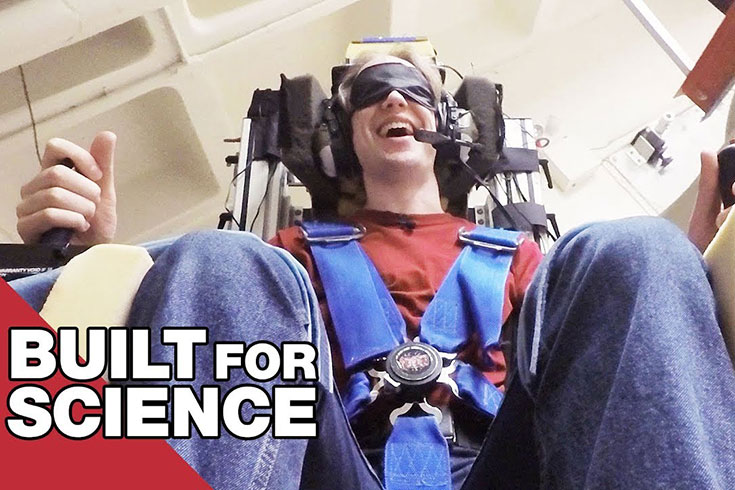Effects of Fatigue and Motion Exposure on Performance

The U.S. Navy is faced with the problem of optimizing performance of increasingly smaller crews on new, small combat ships. Fatigue degrades performance, but a major limitation of current predictive fatigue models is that they have not been tested at sea or under conditions of repetitive whole body motion. Another limitation is that testing of fatigue models has largely been limited to evaluating predictions about cognitive vigilance.
We have performed a study to determine how exposure to motion, level of sleep deprivation, and the combination of these two factors affect performance in cognitive, sensory and motor domains.
Sixty-two subjects were randomly assigned to one of four conditions which included all combinations of two sleep deprivation conditions (eight hours or four hours of contiguous night-time sleep for two nights) and two motion exposure conditions (normal stationary conditions or horizontal-linear swing during performance testing). An 80-minute battery of performance tests of vigilance, visual-spatial perception, and motor learning was repeated throughout the days before and after the two nights of controlled sleep.
Sleep deprivation and motion exposure increased sleepiness and motion sickness. The effects of sleep deprivation and motion did not interact but were approximately linearly additive. The effects of sleep deprivation and motion on performance increased as the conscious, attentional demands of the task grew. Effects were least on the motor learning task, intermediate on the vigilance task and greatest on the perceptual learning task.
In this study, we stopped swinging subjects when they experienced more than a moderate level of motion sickness, resulting in underestimation of the effects of motion because more than half of the swinging subjects would not have been able to do any of the tasks in the latter portions of most sessions if motion had continued. Our results also underestimated effects of motion in operational conditions because the motion exposure our subjects had was only during the test sessions whereas sailors on a ship are exposed to motion continuously.
It would be useful to employ a higher level of sleep deprivation and motion exposure, and to test participants in other cognitive tasks that impose a greater cognitive load. Additionally, future studies should include a greater range and number of sleep deprivation conditions and motion exposure conditions. This would facilitate the development of operationally predictive models, including nonlinear modeling.
Related Video
Tom Scott from Built for Science talks about his experience using the Multi-Axis Rotation and Tilt Device (MART).
